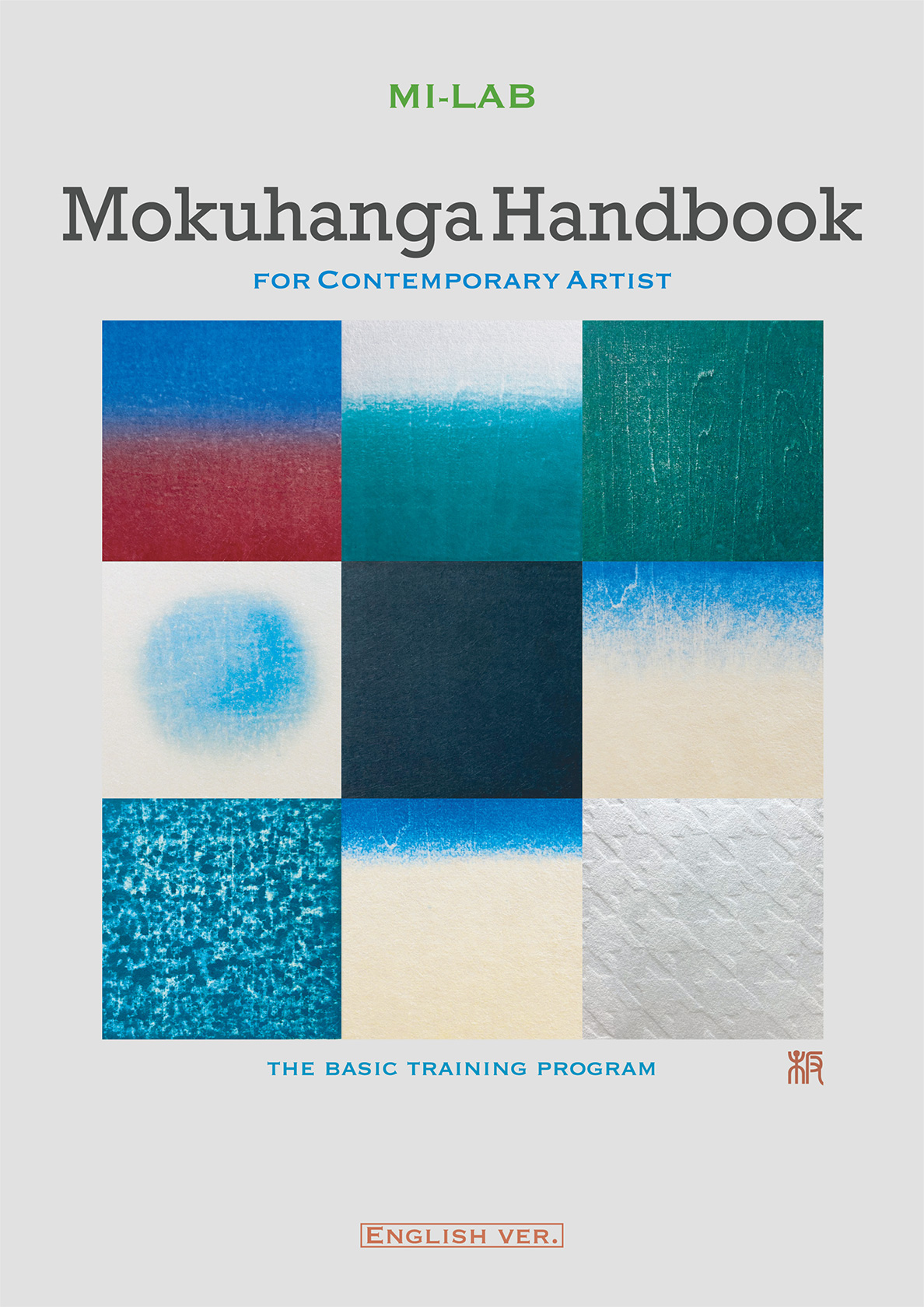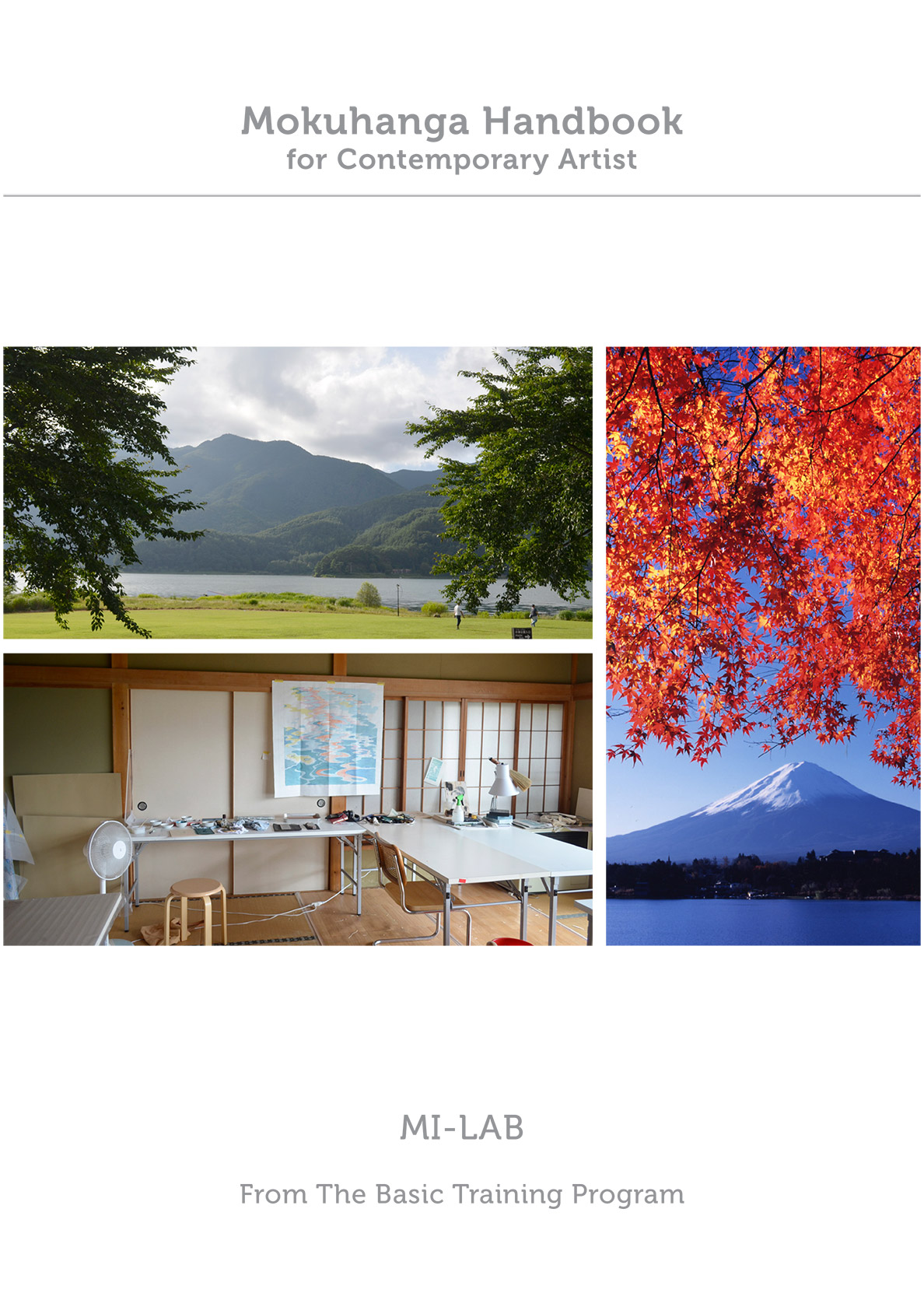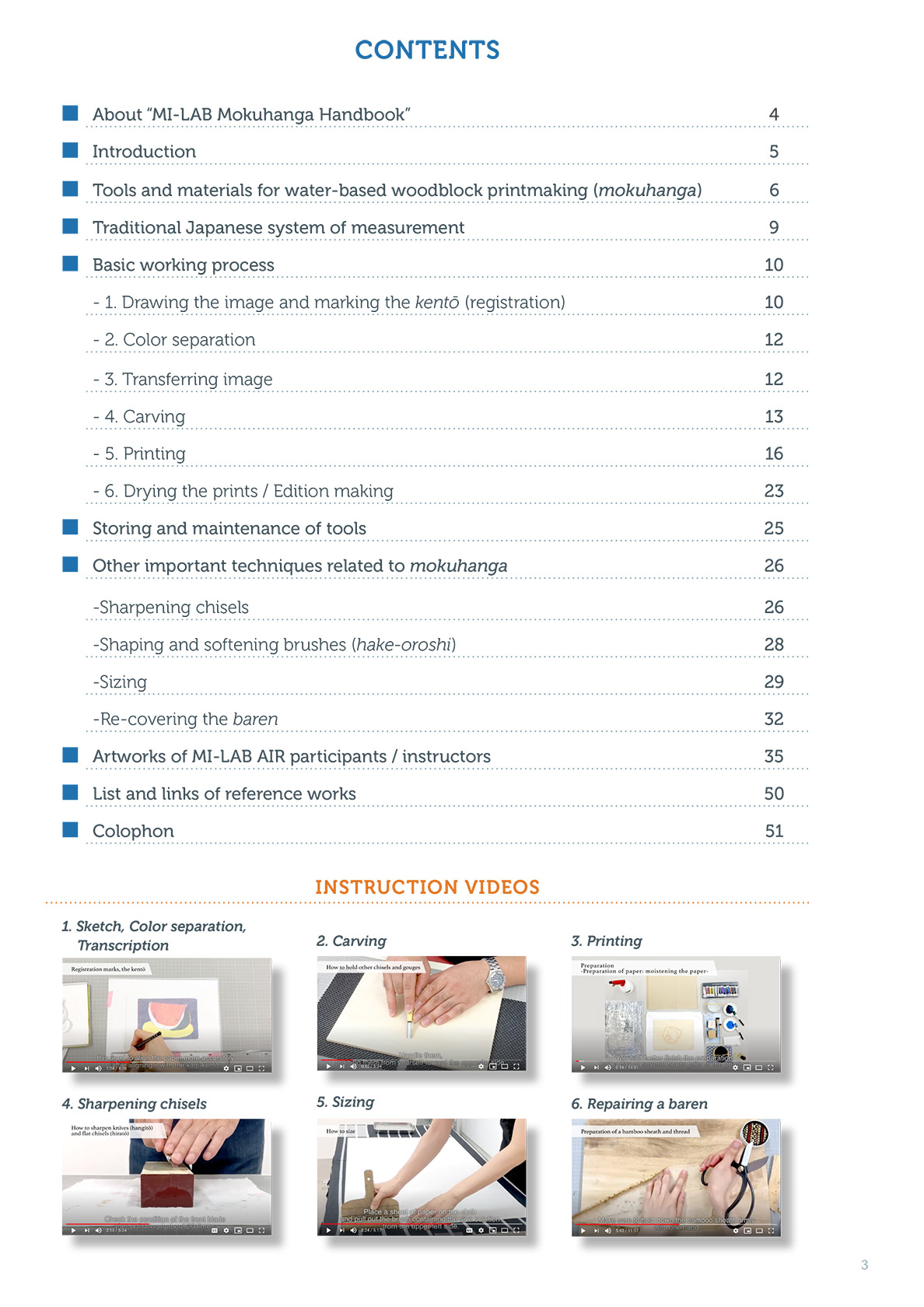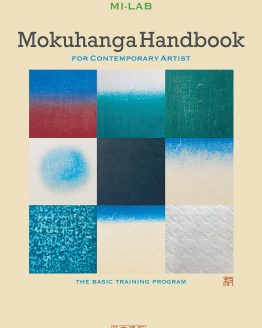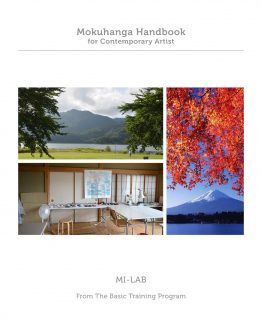Description
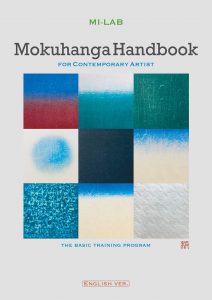
In this book the basic techniques and knowledge of water-based woodblock printmaking (Mokuhanga) are introduced based on the tuition of the Basic Training Course of Mokuhanga Innovation Lab (MI-LAB), which has been working on popularization of Mokuhanga techniques worldwide.
Water-based woodblock printmaking is one of the printing techniques, in which woodblocks, Japanese paper and watercolor are used. Water-based woodblock printmaking in Japan has a long history. Above all, water-based multicolor woodblock prints known as ukiyo-e and nishiki-e developed rapidly from the middle of the 17th century. In those days the production process of ukiyo-e used to be completely divided between publishers, painters, carvers and printers. In modern times, however, Mokuhanga as a medium has begun to be practiced by artists who create prints personally, and more and more attractive expressions are coming out. In addition, today, when the importance of sustainability is being emphasized, interest in Mokuhanga is increasing, since it doesn’t require oil-based inks or chemical cleaning agents and have little impact on the environment.
Reading this book, contemporary artists can learn practical techniques to make Mokuhanga prints themselves on the basis of traditional Japanese printmaking techniques. In addition to explanations with plenty of photos and illustrations there are some video to show the real working process.
We hope it will help artists who want to make Mokuhanga prints for the first time.
Contents (* with an explanatory video)
■About “MI-LAB Mokuhanga Handbook”
■Introduction
■Tools and materials for water-based woodblock printmaking (mokuhanga)
■Traditional Japanese system of measurement
■Basic working process
– 1. Drawing the image and marking the kentō (registration)
– 2. Color separation
– 3. Transferring image *
– 4. Carving *
– 5. Printing *
– 6. Drying the prints / Edition making
■Storing an d maintenance of tools
■Other important techniques related to mokuhanga
– Sharpening chisels *
– Shaping and softening brushes (hake-oroshi)
– Sizing *
– Re-covering the baren *
■Artworks of MI-LAB AIR participants / instructors
■List and links of reference works
■Colophon
